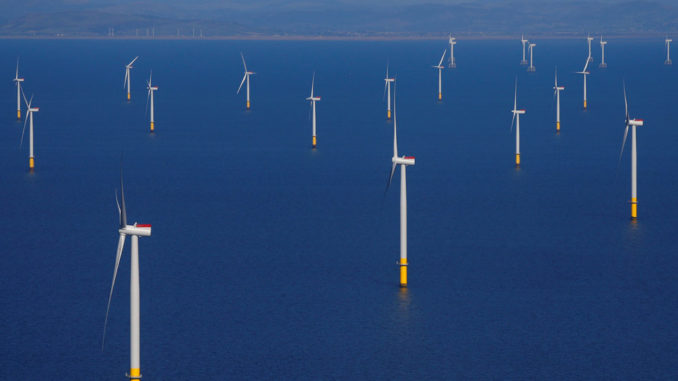
Article written by Eric Reguly, Globe and Mail
Green energy has been in the news for years now, wth Tesla making headlines each week with its electric vehicles while many Western countries begin to trade its toxic coal for natural gas.
For retail investors, are green energy ETFs and shares viable?
Let’s start by taking a look at one of the super majors, Royal Dutch Shell PLC.
Shell is one of the world’s biggest oil and gas companies. Based in the United Kingdom, the company has a market cap of over $110 billion. This past Thursday, the company’s London-listed shares hit a 25-year low. And by the end of last week, Shell’s shares were down 60% year-on-year.
Oil companies, major or not, seem to be at the end of their life cycle, on the verge of a declining industry classification. However, Shell recently made it clear that it had no intention of going out with a wimper. Shell announced that it would downgrade its oil ambitions, cut costs, launch a large-scale decarbonization effort, and delve deep into renewable and low-carbon fuels, such as hydrogen.
Fellow British oil firm, BP PLC, embarked on similar goals, yet its shares also continued to slump, hitting a 52-week low last Friday.
The respective shares dropping so low in price was the investors way of saying that that transition from big oil to big green has just begun.
However, for those companies that adapted quickly, and before the oil rout this year, such as Orsted, who traded its hydro carbons for wind power, may not be easily cloned.
There are a lot of reasons to believe the green revolution is finally coming, though it may be less glorious and bankable for investors.
In green energy’s favour is its low cost of capital (the cost of the equity and debt required to build a new project). Though, project returns must exceed those costs to turn a profit.
Goldman Sachs has reported that green infrastructure is far more capital and job intensive than traditional energy projects, despite its cost of capital falling due to investors providing large amounts of capital for green projects that are morally-sound and have less volatile long-term returns. For institutional investors, such as pension funds, these types of investments seem optimal.
That’s the good news for green industry investments. The bad news is that green industries have not thrived on the benefit of low cost of capital or the lesser environmental impact, but by governments taking money out of taxpayer dollars to subsidize them. This is done through “feed-in” tariffs, where utilities companies pay producers of renewable energy artificially higher prices.
For example, Tesla, one of the most globally recognized green industry corporations, is in effect subsidized through government regulations. Tesla’s core electric car manufacturing does not turn a profit, but the sale of its emissions credits to companies such as Fiat Chrysler, does. Many companies cannot meet new carbon-emission rules because their fleet of vehicles lack hybrid or battery-only vehicles, and must go into the market (i.e. Tesla) to buy these credits to avoid fides and legal issues.
There is no doubt that green industry’s momentum is rising, but we must not forget that Wall Street and Bay Street exist to sell investment products to the smart and the gullible.
As a whole, a portfolio filled with green industry corporations will have some winners, but it will also have some losers.
Works Cited:
